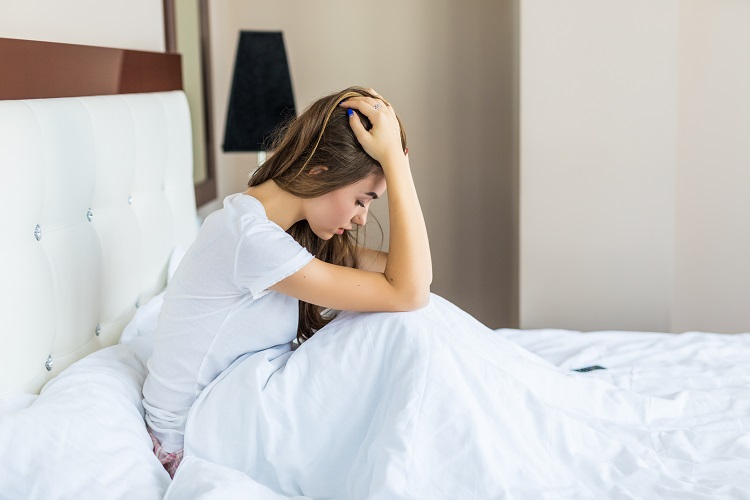Parasomnia Treatment
During sleep, abnormal behaviors can manifest in various ways. The most prevalent forms include sleepwalking and sleep talking. However, there are other examples as well, such as acting out dreams, sleep-related eating, or even shouting out while asleep. These behaviors, collectively known as parasomnias, encompass a range of sleep-related disturbances.

What treatments are available for Parasomnias ?
Parasomnias can arise from various causes, and their treatment involves identifying whether the events occur during non-REM or REM sleep and whether they happen spontaneously or are triggered by other sleep disruptions like sleep apnea or leg movements during sleep. Therefore, conducting a sleep study plays a vital role in evaluating parasomnias. Even if no abnormal behavior is observed during the night of the sleep study, subtle features captured in the study can provide valuable insights into the underlying cause of the parasomnias.
What causes Parasomnia ?
Parasomnias that originate from non-REM sleep often emerge during childhood and persist into adulthood, although their frequency tends to decrease with age. In many cases, these parasomnias can be effectively managed by avoiding alcohol consumption and sleep deprivation. However, if necessary, medications can be employed to alleviate the symptoms.
On the other hand, REM-related parasomnias, such as REM Sleep Behavior Disorder (RBD), typically develop more commonly in middle age. If these parasomnias occur frequently or significantly disturb the sleep of bed partners, medication-based treatments may be required. It is worth noting that both non-REM and REM parasomnias can be aggravated by conditions such as sleep apnea or leg movements during sleep. Hence, addressing these underlying conditions can help reduce the occurrence of parasomnias.
